Dita Pepe
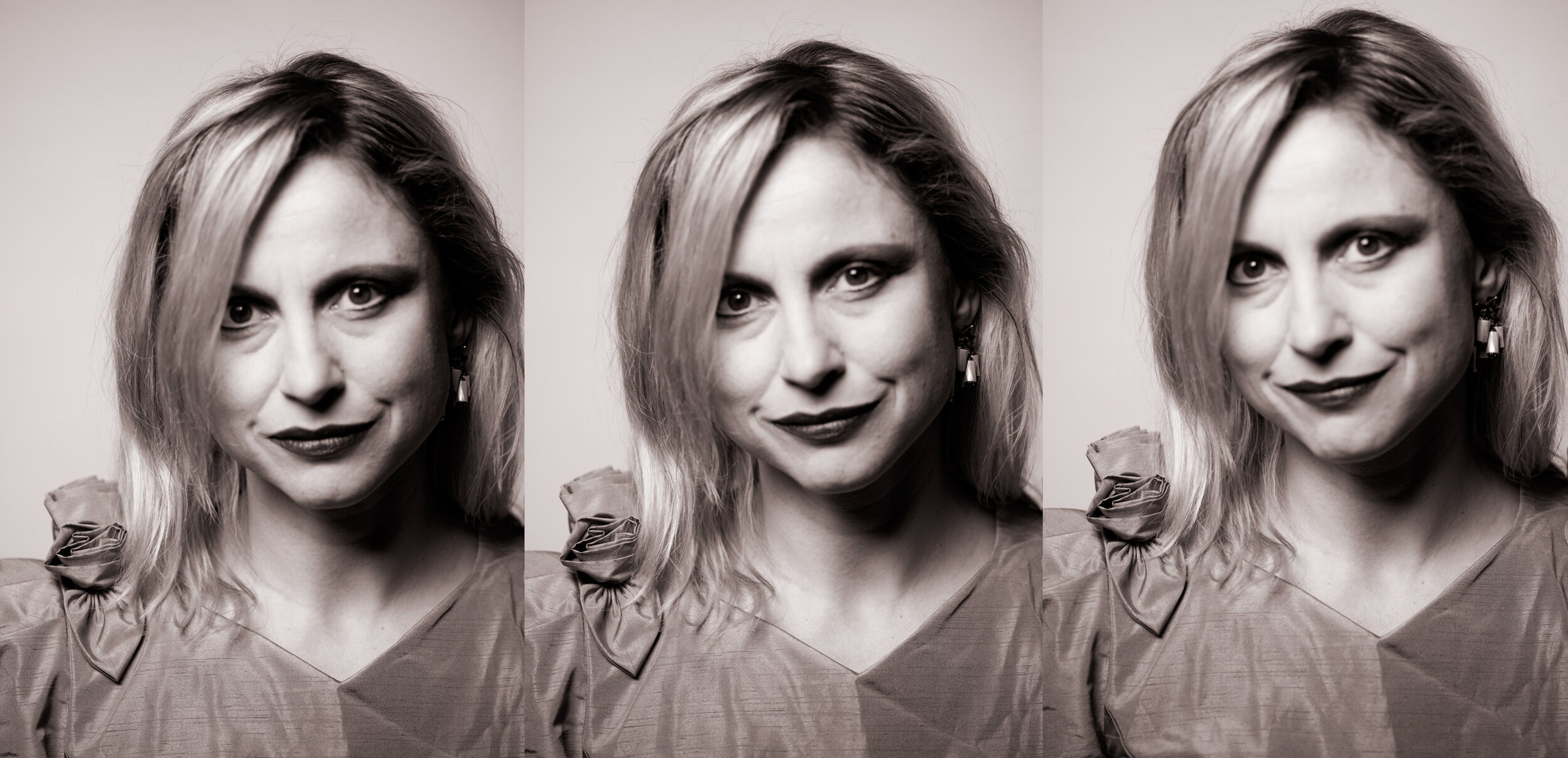
“art brings us a different kind of knowledge”
Have you ever seen a strangers family portrait and wondered what their lives were like. Have you ever pondered what it would be like to be part of that family? Would you stand out or would you fit right in? Czech photographer Dita Pepe attempted to answer these questions with her series ‘Self Portraits with Men’. Posing as a wife, partner and mother she photographs herself with different men and often his children in each man’s typical real-life surroundings. Sometimes she includes her own daughter into the mix, but it is impossible to spot the interlopers in these seemingly genuine family portraits. In doing so she explores how personal identity can change dramatically in relation to the people in our lives and our own surroundings.
Identity, particularly female identity, is something that Pepe has always been fascinated by. After running away from home at the age of eighteen she went to work in Germany as an au pair and she states that at that age she wasn’t sure what to do with herself. “Unconsciously, I was still looking for female ideals to inspire me” Photography became a way for her to explore self-perception and she began taking self-portraits in various different disguises. NR Magazine joins the artist in conversation.
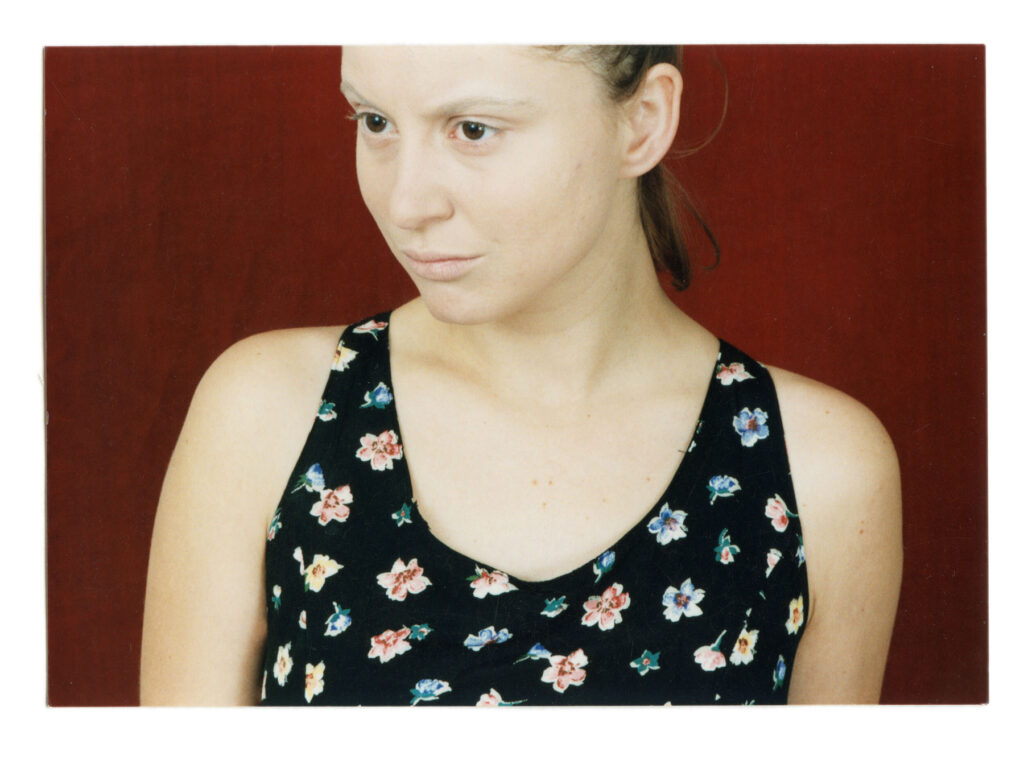
What does identity mean to you as an artist?
My interpretation of the word “identity” is based mainly on my age and experience related to it. The creative ability to think naturally has a big influence as well. The first thing which comes to my mind are words said by Z. Bauman – the greatest artist is someone who is able to adapt to the contemporary liquid society. Each of us has experienced the necessity to adapt to a change in the present situation connected with the pandemic.
Identity is thus something very subjective and unstable. I can identify with something or someone with my whole heart, however, it can change due to various circumstances soon afterwards. Surviving is the goal.
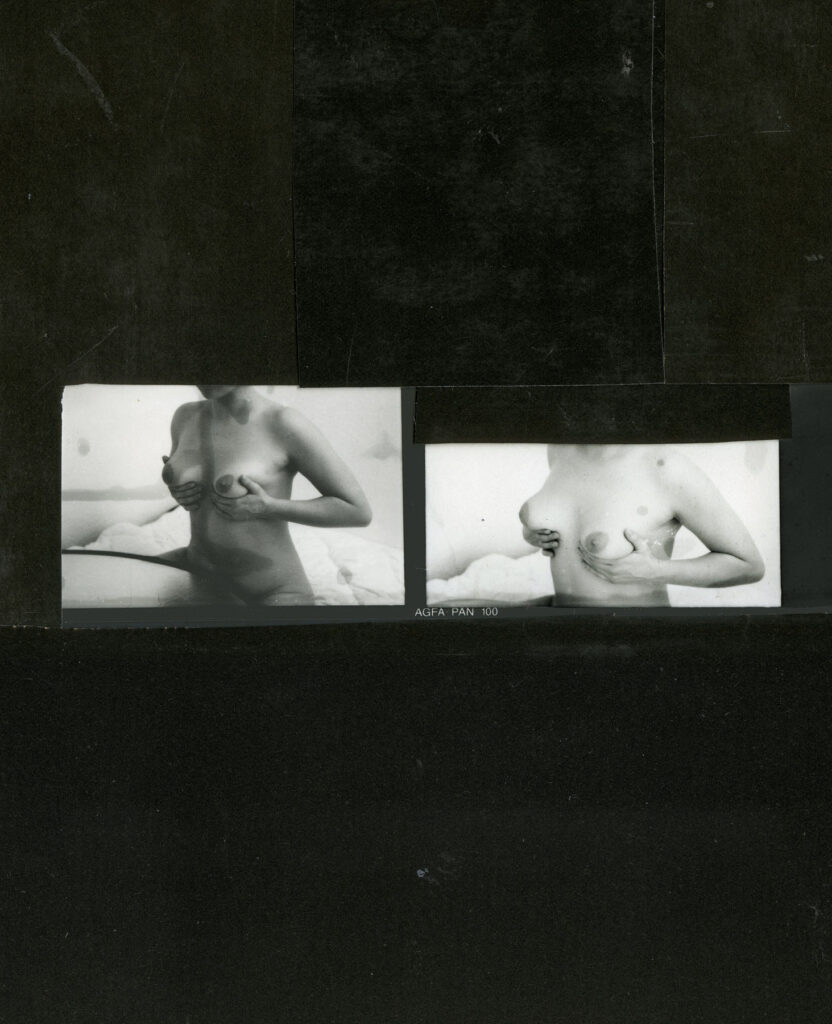
Your work involves exploring other possible identities, do you think the rise of social media allows people more freedom to explore their respective identities, or does it restrict them further?
Social networks are a tool and they can definitely help us in some ways. However, I would compare them to fire. We use it to cook food, it keeps us warm in winter, but it can also burn down our whole house.
There has been a lot of studies on the impact social networks have on our brain and changes in our behaviour.
On the other hand, social networks enable me to get to people I could not meet otherwise. Or maybe I could, but the way to a personal meeting with them would be too lengthy. Information from social networks is – just as photographs – misleading since the observers do not often know or see the things in context.
You consider your art practice as a form of therapy, but is all art not a form of therapy in one way or another?
Yes, of course, there are a lot of activities that could be described as therapeutical and do not even necessarily have to belong among artistic ones. However, art brings us a different kind of knowledge. Sometimes, we are even unable to describe some experiences and feelings with words. I have experienced personally how photographing people influenced me. At the very beginning, I photographed nothing but still lives, I was afraid to address a stranger. Then I started to take photos of my own self, and later I plucked up the courage to photograph my family and friends. And today, I am even not afraid to address a person I do not know at all and who is often also very hard to obtain for being photographed.
“Taking photos enabled me to get into worlds that are beyond the bounds of my life. I keep on finding something new for me. And I keep on being amazed.”

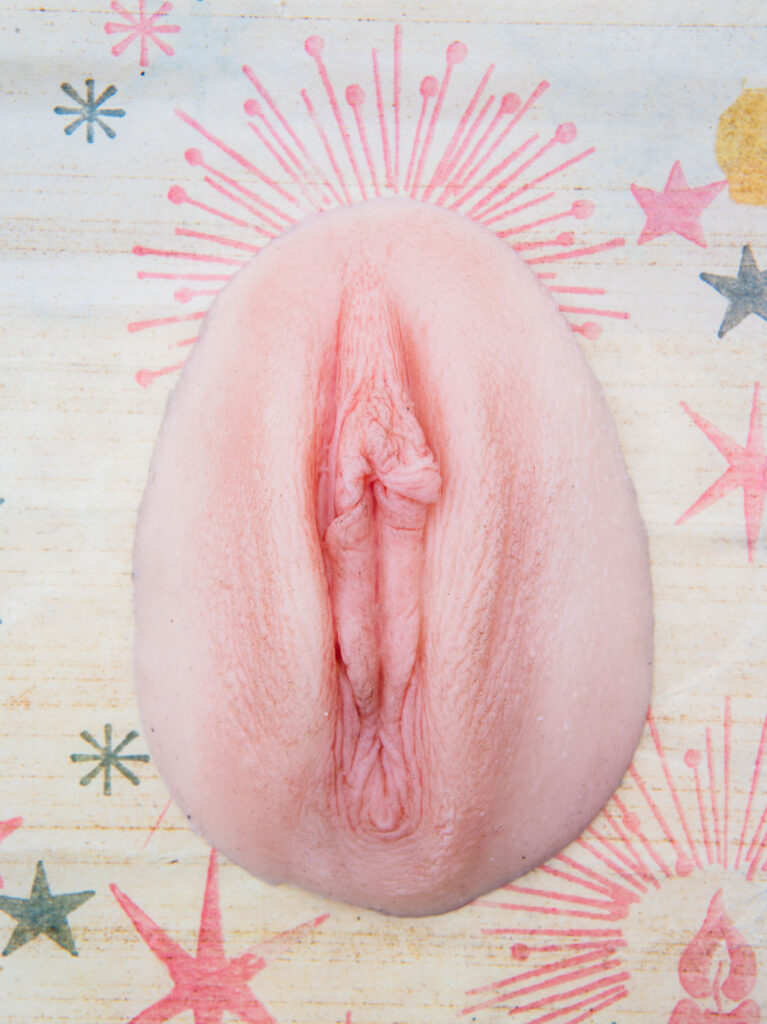
You seem to seamlessly inhabit the lives of other women in your work, do you think this highlights how women are taught by society to play different roles and thus possess the ability to slip from one role to another with apparent ease?
I think that men play different roles too. I am interested in discovering a variety of perspectives on life. I search for inspiration for myself, I would like to feel more peace inside me and to live in balance.
Has the pandemic changed how you approach your art practice and if so how?
First of all,
“I realised that art is a luxury. It cannot be taken for granted and it is very fragile. I dedicated more time to the art of communication with my close ones.”
You worked with fear, nobody knew what would come. It was the very first time when we could experience such an intensive time with our families.
Online exhibitions, lectures and concerts were a kind of substitution but they can never substitute personal experiences.
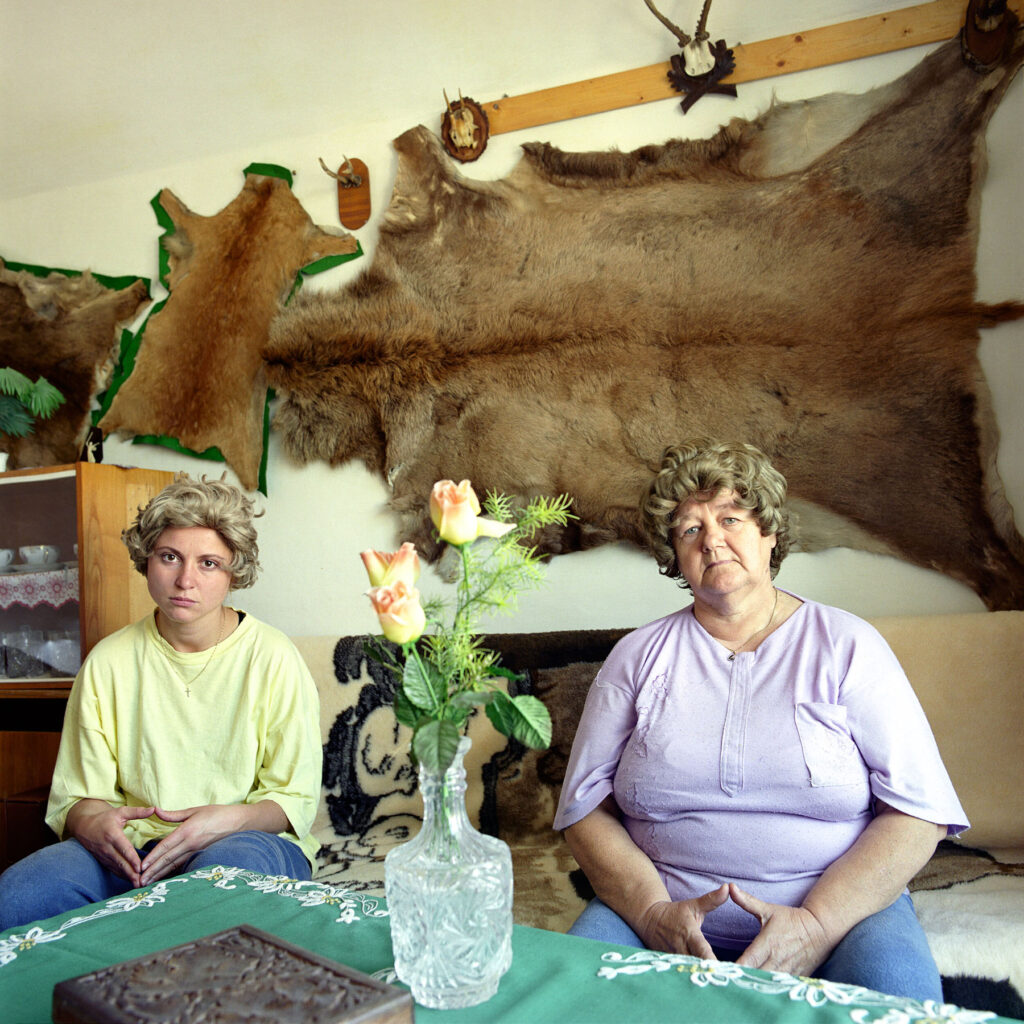
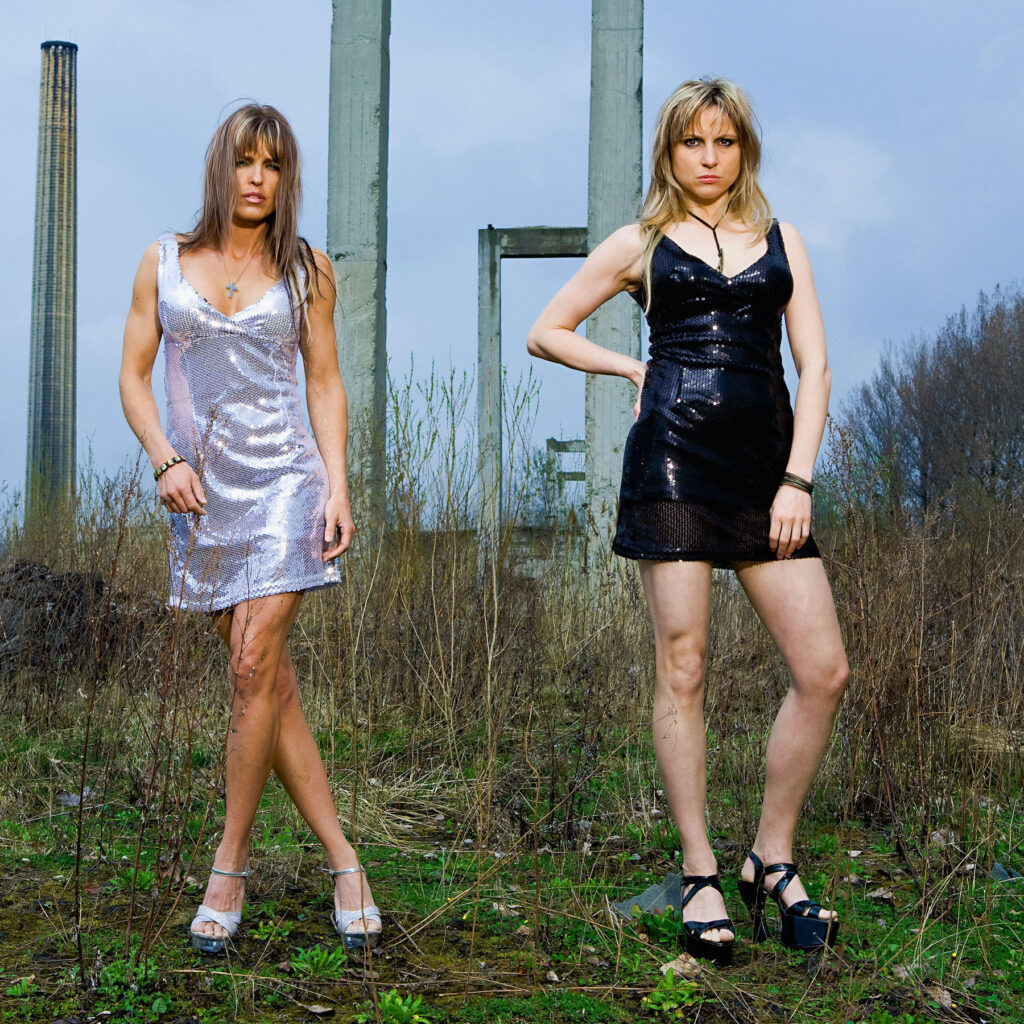
Your work is often compared to Cindy Sherman’s, what other artists do you draw inspiration from?
Works by Diane Arbus, August Sander or Richard Avedon have always really spoken to me. I am happy when something touches me deeply. I feel that it resonates inside me a long time afterwards and also inspires me subconsciously. The latest thing that made a deep impression on me was a film from 2017 called On Body and Soul by the Hungarian director Ildikó Enyedi.
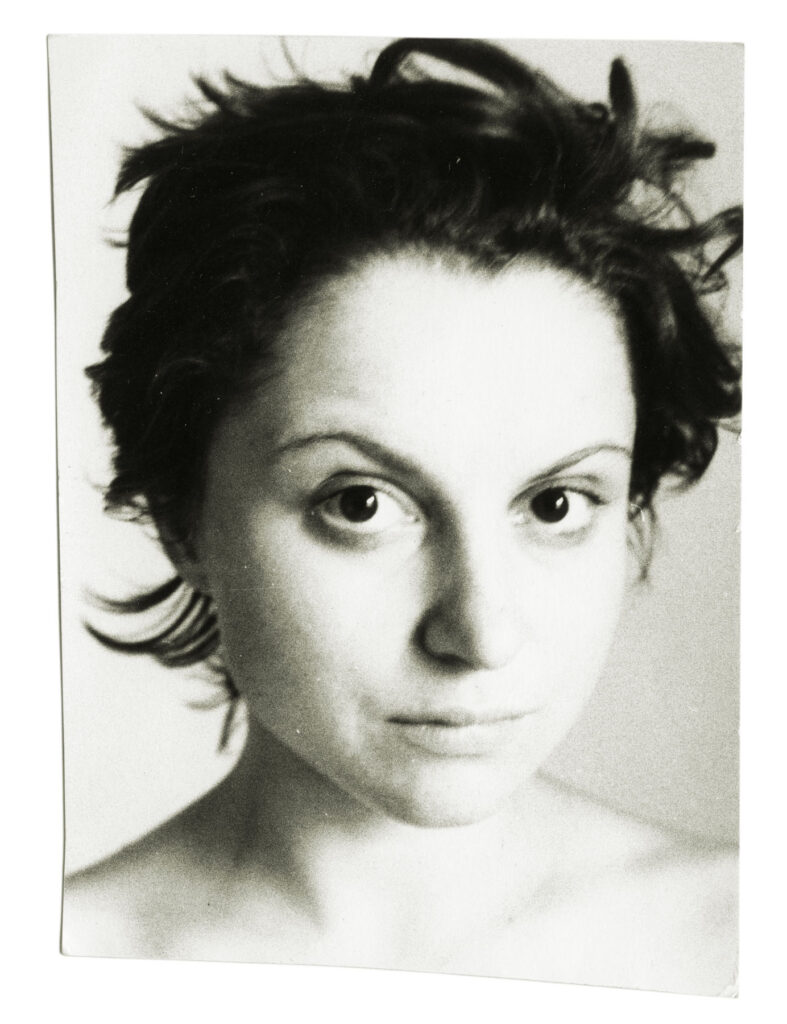
You stated that you started these bodies of work as a way to figure out your own identity as a woman. Have you reached a conclusion about that?
Thanks to my work and people I met through photography, I am definitely more open to difference, and on my travels, I have also learnt about other cultures and views on identity. I am definitely more empathetic. And with age, I am also more aware of my own value.
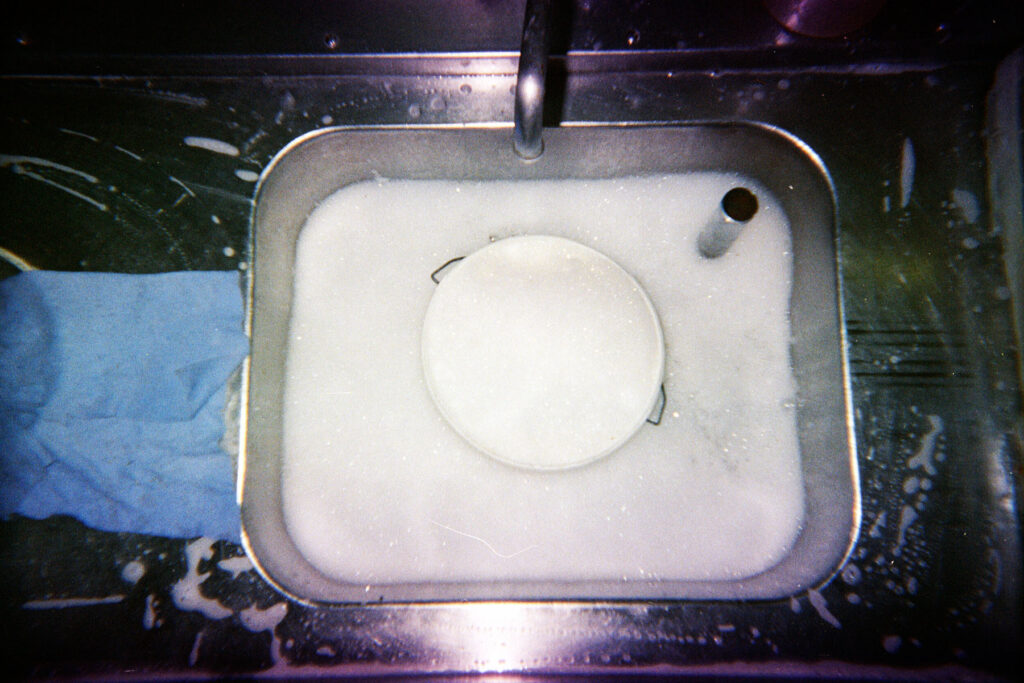
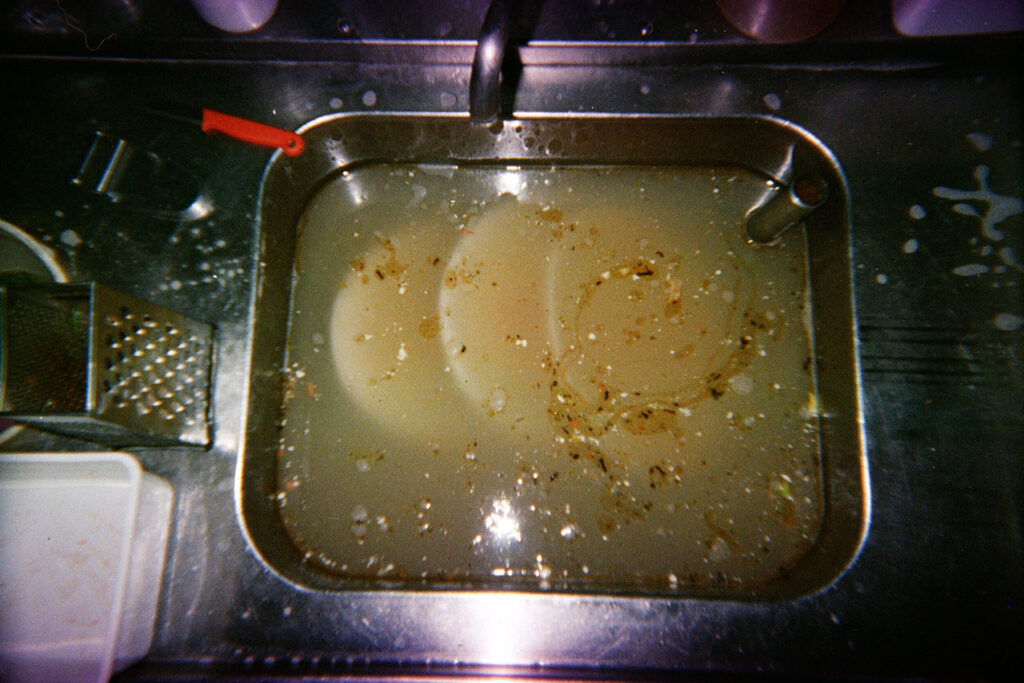
What exactly do you want viewers to take away from your work?
While working, I mainly try to gain something for myself. Then I also want it to bring something to the people physically participating in the process of photographing. To be honest, I do not really and intentionally think about viewers. However, I think that my works speak to people who try to solve similar things in their lives as I do in mine.
So probably it should be food for thought…?
What advice do you have for young creatives looking to explore identity and photography?
I would advise them to engage in it if they see a meaning in it. To be open to other worlds, not only to photography. I believe that interdisciplinarity and overlap are important. Not to be discouraged when their dream photography school does not admit them because there are more ways to make photography be a part of your daily life.
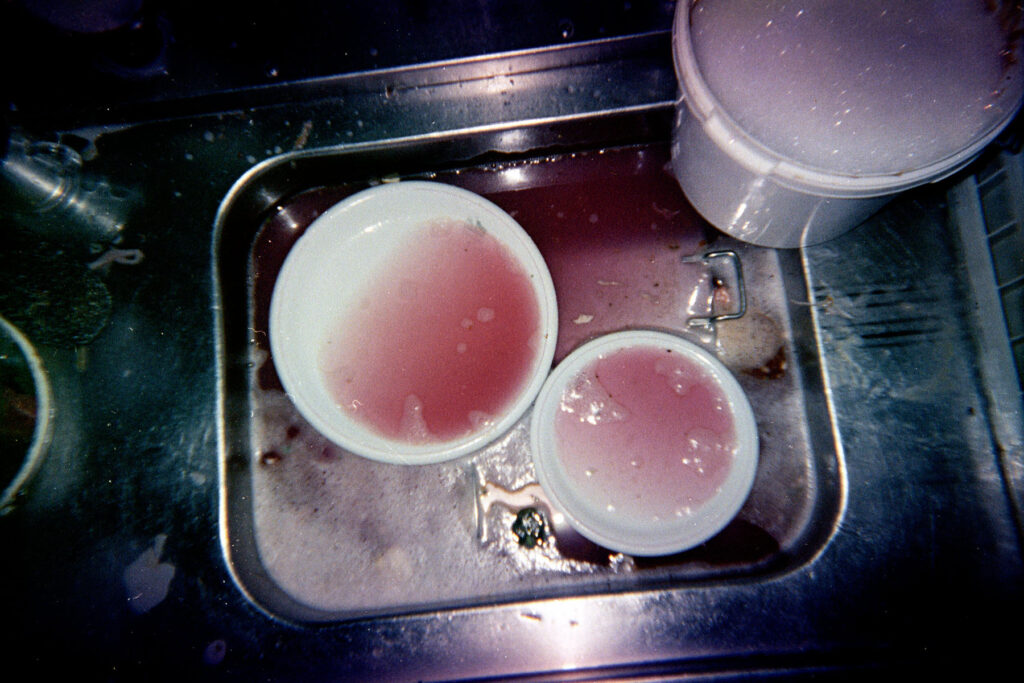
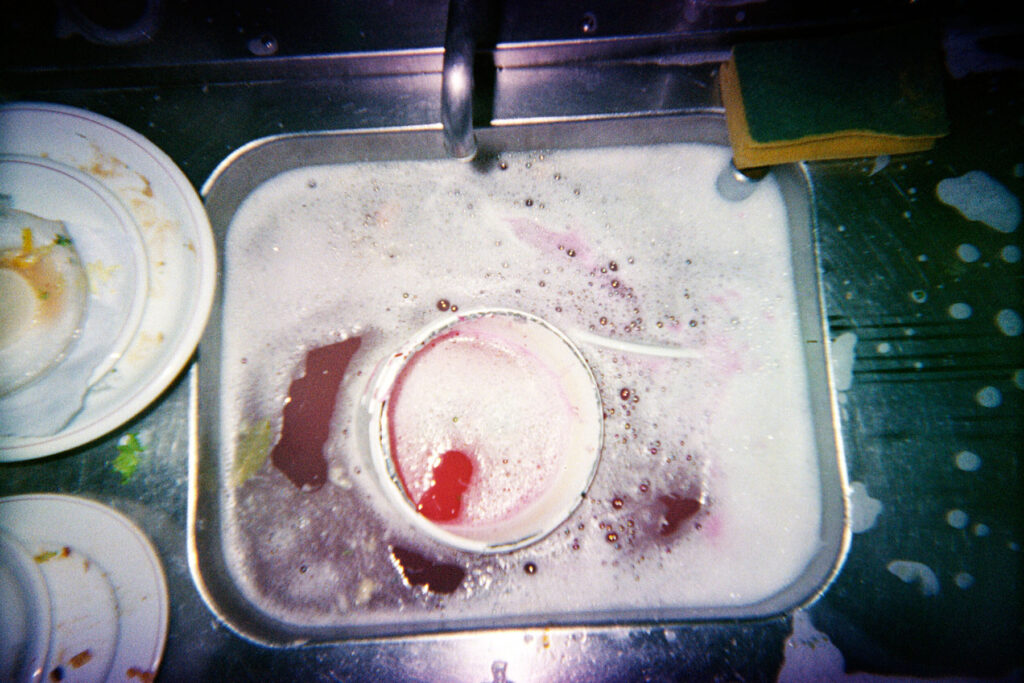
Are you working on any specific projects at the moment and what plans do you have for the future?
Yes. It has become a rule that I work on more projects at the same time. To finish the book Borders of Love (Hranice lásky) is the priority for me now. It is an artistic experiment, in which I want to demonstrate that a creative process, which is mainly focused on dealing with trauma, has a therapeutical potential under certain conditions. I also dream of forming a community of students who would like to pursue deeply and on a long-term basis the topic of the therapeutical potential of photography.
Credits
Images · DITA PEPE
https://www.instagram.com/dita_pepe/